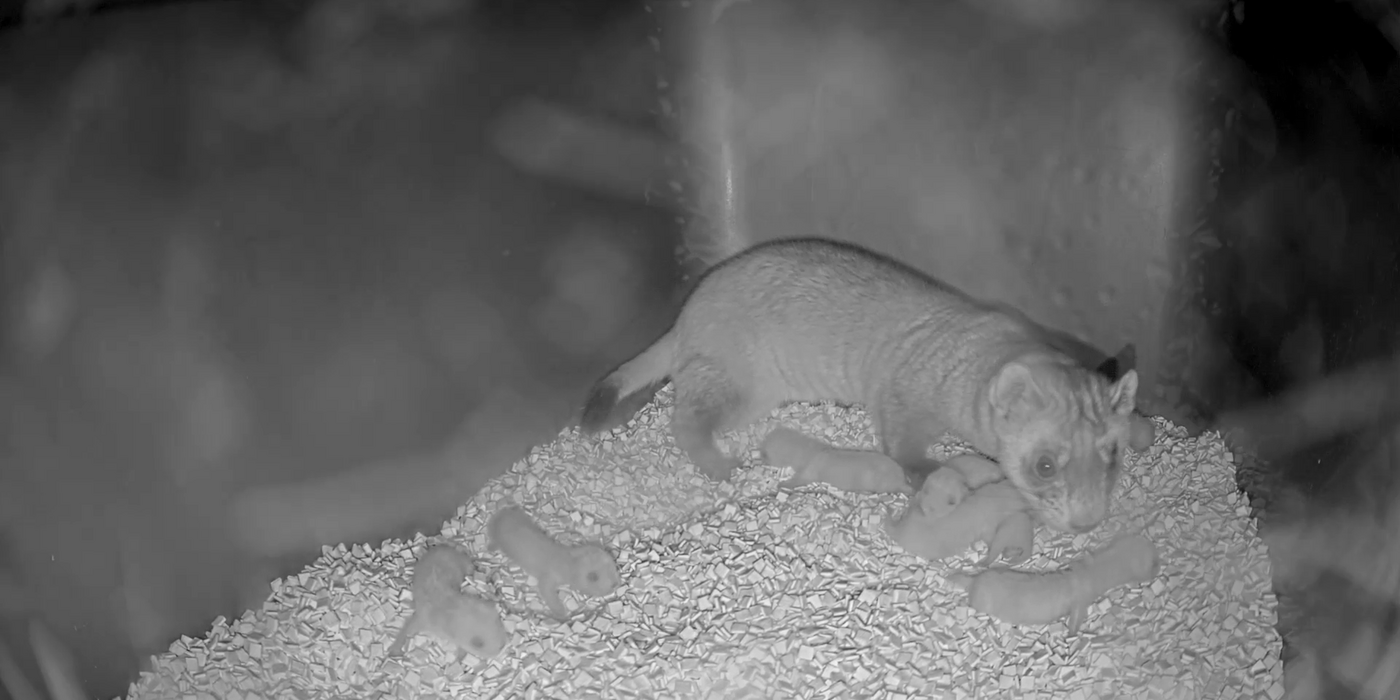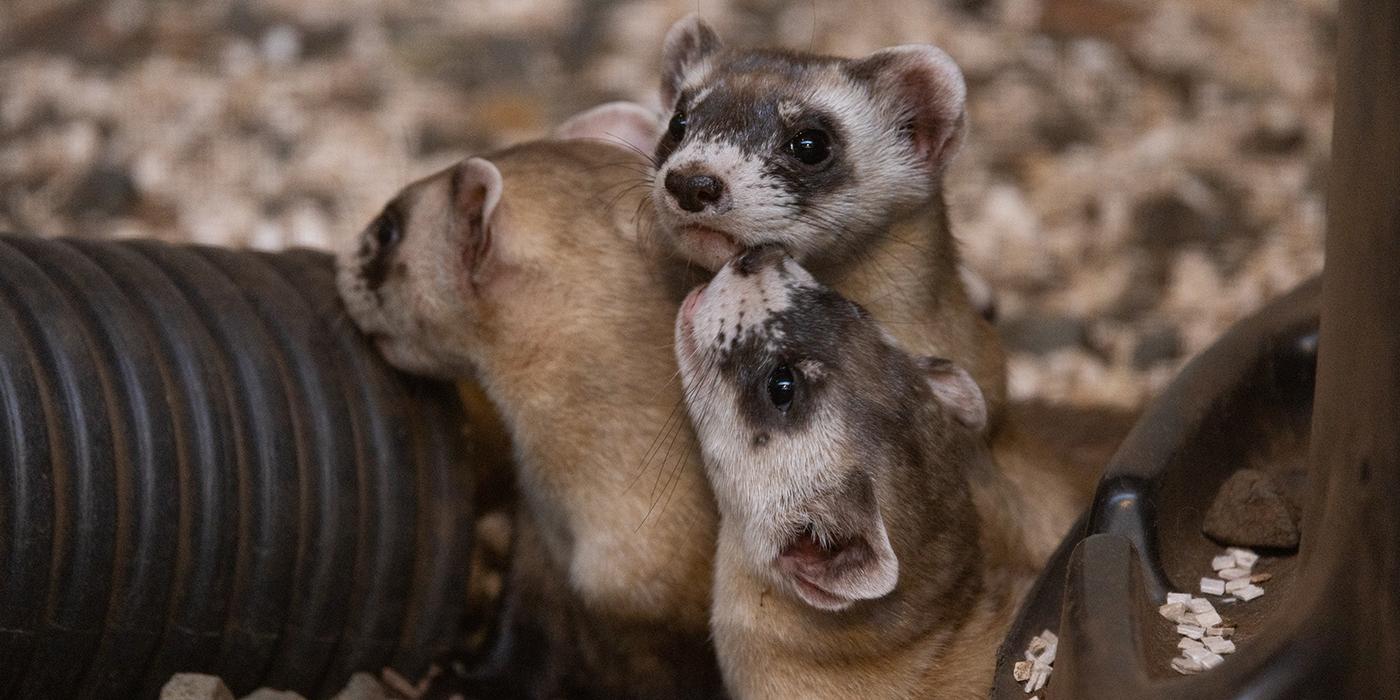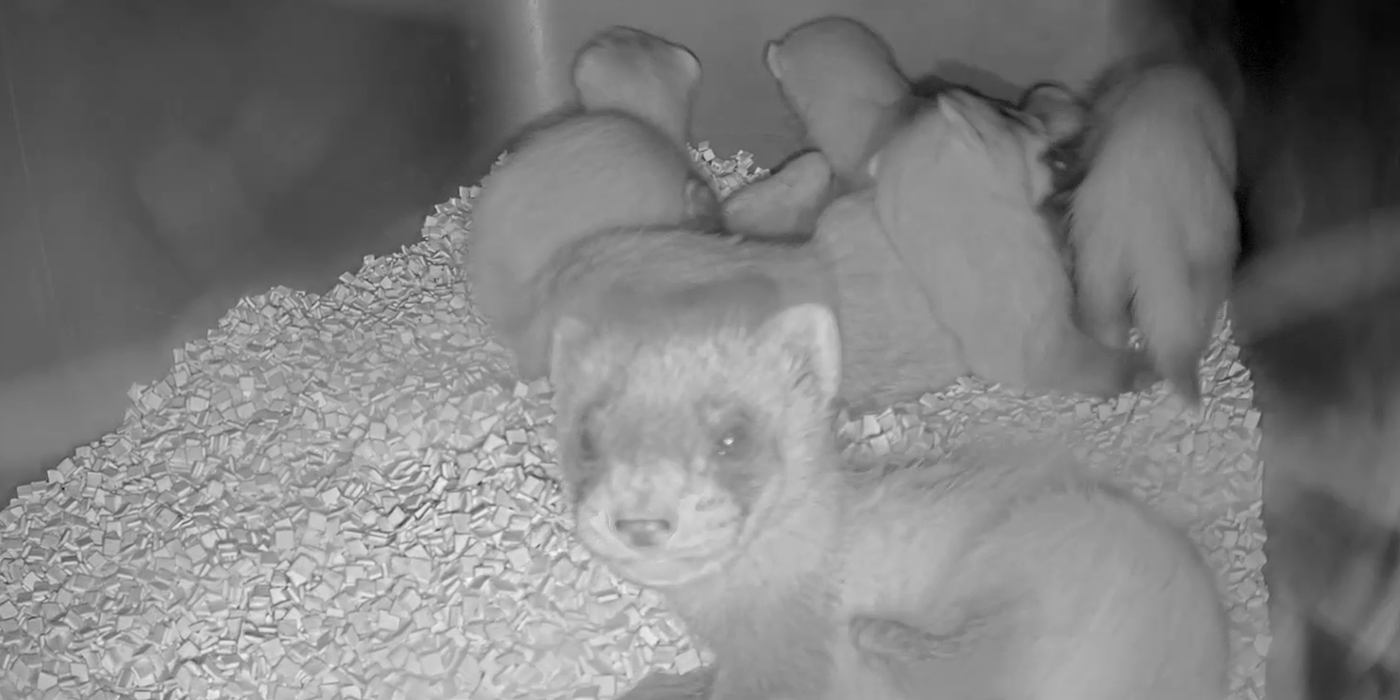Oh, Baby! Meet Some of the Zoo’s Newest Arrivals
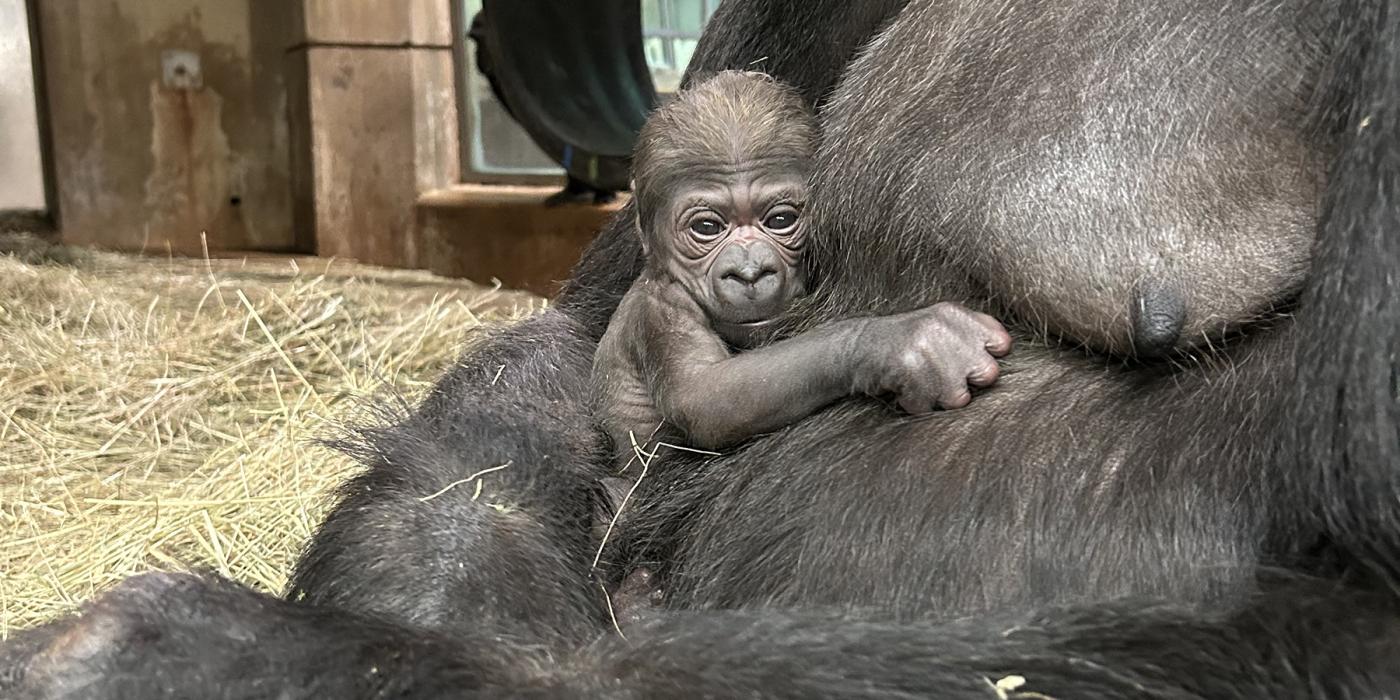
Over the past few months, the Smithsonian’s National Zoo and Conservation Biology Institute welcomed some adorable new members to the Zoo family.
Say hello to our newest (and cutest) baby animals!
This little girl is the newest member of the troop
Welcome to the world, baby Zahra!
Primate staff are celebrating the birth of this adorable baby girl, born May 27 at the Zoo’s Great Ape House. This new addition to the troop was born to second-time parents, 20-year-old mother Calaya and 31-year-old father Baraka. Animal care staff have noted that the baby appears to be thriving under Calaya's excellent parental care.
The name Zahra (which means "beautiful flower" in Swahili) was chosen after a public vote hosted on the Zoo's website.
The arrival of any baby is cause for celebration. But for animals like the western lowland gorilla, births are even more significant. Scientists estimate that in the past 20 to 25 years, the number of wild western lowland gorillas has decreased by 60%. At the Smithsonian’s National Zoo and Conservation Biology Institute, the arrival of this new baby brings the total number of gorillas to six.
For this rare species, each litter is a milestone
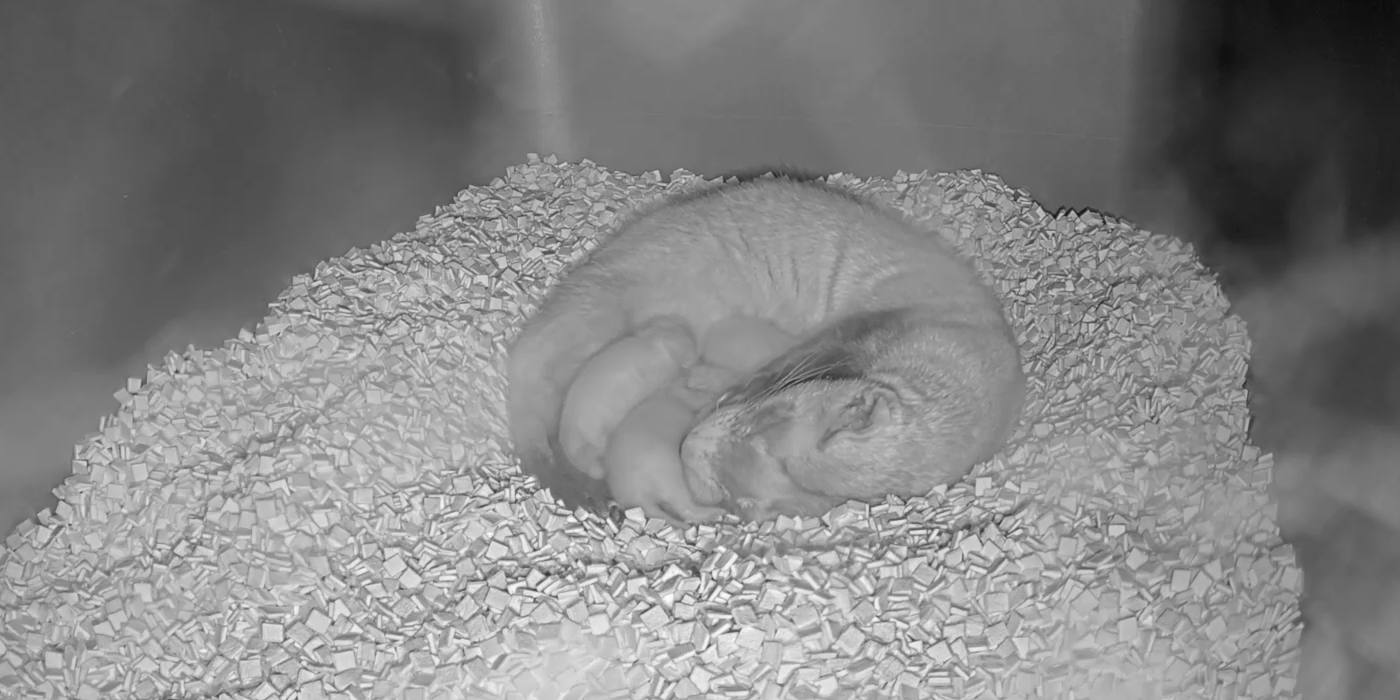
Fond of ferrets?
On May 27, 1-year-old black-footed ferret female Hickory gave birth to a whole litter of kits, fathered by 2-year-old Talo. Hickory, her six kits and one additional foster kit live at the Smithsonian Conservation Biology Institute (SCBI) in Front Royal, Virginia.
These small, feisty carnivores are native to the grasslands and prairies of North America. Black-footed ferrets were once so endangered that they were declared extinct in the wild—twice! But thanks to breeding programs like the one at the Smithsonian’s National Zoo and Conservation Biology Institute, there are now hundreds of individuals living in reintroduction colonies throughout the American West.
Want to watch Hickory cuddle with her kits? Check out the Zoo’s Black Footed Ferret Cam, streaming 24/7 from Hickory’s nest box.
Hakuna matata! The Zoo has baby meerkats for the first time in 16 years
Animal keepers at the Small Mammal House arrived early May 10 to a meerkat surprise. After an 11-week pregnancy, first-time mother Sadie, age 5, had given birth to three tiny meerkats overnight!
Animal care staff describe each of the three baby meerkats—which weigh about one ounce (30 grams) at birth— as sociable, energetic and inquisitive. The arrival of these pups marks the first meerkat births at the Smithsonian’s National Zoo and Conservation Biology Institute since 2007.
Native to the plains and grasslands of southern Africa, meerkats are members of the mongoose family. They are social animals that live in groups called mobs.
Visitors can see the Zoo’s entire meerkat mob, which also includes Sadie’s sister, Stella, and the pups’ father, Frankie, at the Small Mammal House.
Hoppy days for the Zoo’s Panamanian golden frogs
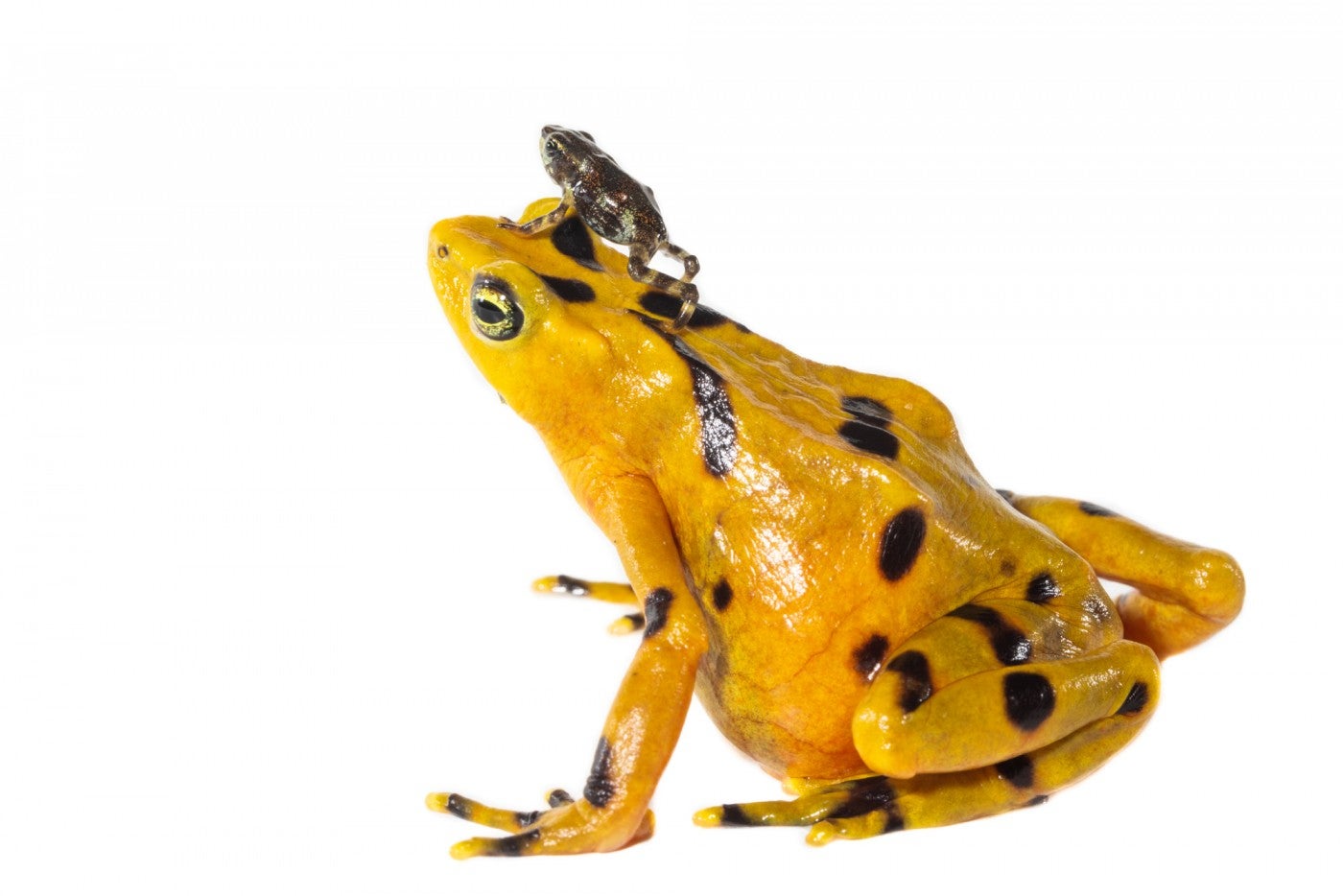
There are over 7,000 frog and toad species on Earth, and they are all uniquely adapted to their environments. So when amphibians like the Panamanian golden frog (which is actually a toad!) disappear from their rainforest and cloud forest habitats, replacing them is no easy task. With every colony of teeny baby toadlets hatched at the Smithsonian’s National Zoo and Conservation Biology Institute—like the one born behind the scenes in early 2023 at the Reptile Discovery Center—scientists come one step closer to ensuring their survival.
While the toadlets are currently off-exhibit, Zoo visitors can see adult Panamanian golden frogs at both the Reptile Discovery Center and Amazonia.
Also, you can learn how the Smithsonian's National Zoo and Conservation Biology Institute helps this critically endangered species here.
Seven months old? We can bear-ly believe it!
It’s been half a year since the Smithsonian’s National Zoo and Conservation Biology Institute celebrated the arrival of two Andean bears, and the cubs are as cute as ever!
Born last November, the Zoo’s rambunctious pair of Andean bear cubs first ventured out of their cubbing den and into their outdoor habitat area in mid-March. Cubs Ian and Sean are getting bigger every day, and now have a healthy appetite for solid foods. They love exploring and climbing trees in their outdoor yard alongside their mother, 4-year-old Brienne.
These rare bears are the only species of bear native to South America. At the Smithsonian’s National Zoo and Conservation Biology Institute, visitors can find Ian, Sean, Brienne and 9-year-old father Quito on exhibit in between American Trail and Amazonia.
Ready to experience more cuteness overload? Plan your next visit to the Smithsonian's National Zoo and Conservation Biology Institute today, or sign up to receive animal news delivered straight to your inbox!

